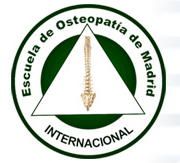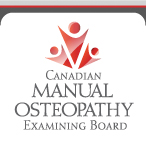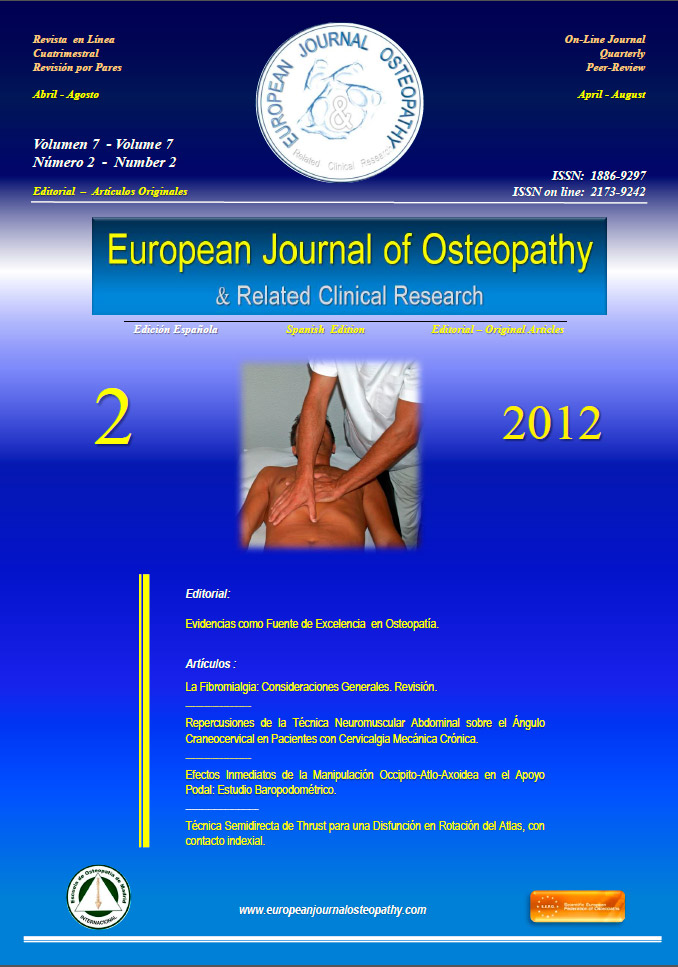By Alan Questel
The Feldenkrais Method, developed through 40 years of research by Dr. Moshe Feldenkrais, is a revolutionary approach to understanding human functioning. It utilizes movement and attention as the vehicles for enhancing our natural abilities to learn, to change and to continue to grow throughout our lives.
Born in Russia, Dr. Feldenkrais emigrated to Israel at the age of 13. After receiving degrees in mechanical and electrical engineering in, he earned his D. Sc. in Physics at the Sorbonne in Paris, subsequently working a number of years with Joliet-Curie in early nuclear research.
His interest in movement had deep roots in the martial arts. He studied with Professor Kano, the originator of Judo, and was one of the first Europeans to earn a Black Belt in the martial art (1936).
His own physical problems led him to a lifelong exploration of ways to improve our movement and functioning in general. His investigations reflected his various fields of expertise (physics, neurology, martial arts, cybernetics, body mechanics, and psychology) and resulted in a method that is a unique synthesis of science and aesthetics. It addresses universal human needs as well as a broad spectrum of individual problems, making Feldenkrais® work useful to a wide and varied population. Utilizing our brains innate capacity to learn, each of us can become more of who we imagine ourselves to be.
If you are sitting as you read this, what are you aware of about your sitting? Perhaps it’s your back against the chair, or your feet on the floor, or your buttocks on the seat. But if you ask yourself “What is the back of my neck is doing? Or what is my chest doing? Or what are my shins doing? How do you respond?” The response is usually, “It is doing this” or, “I have no idea what those parts are doing.” We often have little or no attention on certain parts of ourselves or we tend to notice the same parts over and over. The fact is our whole self is involved in everything we do, but we only sense certain parts of ourselves in our actions and it generally tends to be the same parts. By producing a more complete self image in our actions and a more even distribution of effort and force throughout our whole self there is an enhancement of our movement, action and thought.
Let’s take a closer look at what this can mean. Notice where you have placed your feet for sitting. Without changing the placement of your feet slowly come to standing. (you may find that it is impossible to get up without changing where your feet are placed). Sit again, move your feet an inch closer together and come to standing. Move your feet back to where you started and then move them an inch further apart and come to standing. Bring them back to where you began and move them an inch further out in front of you and come to standing. Bring them back to neutral and then an inch closer to you and come to standing. Can you observe that different placement of your feet influences your ability to come to standing? You may notice the effects of this in your breathing, your jaw, your neck, your balance or in the amount of effort required in each action.
Slowly get up to standing as you look down. Slowly get up as you look up. Get up looking right. Get up looking left. Get up looking down and left; looking down and right. Looking up and right. Looking up and left. Can you sense that the different placement of your eyes affects how you come to standing?
The foundation of this kind of exploration is in learning. Not the kind of learning based solely on information, but learning that can lead to a change in our actions, a change in how we think and a change in how we feel. The introduction of new variations awakens our curiosity and teaches us how to adapt to our continually altering circumstances. Rather than attempting to learn the “right way” of doing something, or “correcting” or “fixing” ourselves, we explore creating more choices, more options. More ways of using ourselves so we can act more effectively and efficiently depending on the context we find ourselves in and what our intention may be in that moment. While movement is the source of our inquiry it is interesting to note that a shift in our movement patterns often produces shifts in the patterns of how we think, sense, feel and interact with others.
By utilizing our attention in learning environments that are both safe, easy and geared towards an appropriate degree of challenge, we can discover and shift our habitual patterns that interfere with our functioning. The individual becomes his/her own laboratory as the means towards developing understanding and awareness of how we engage in our daily actions.
There are two main modalities of learning in the Feldenkrais Method:
Awareness Through Movement® lessons are a series of structured movement sequences that groups of people are led through verbally, utilizing attention, perception and imagination (The experiment in sitting and standing is a good example of part of an Awareness Through Movement lesson). There are over a thousand different movement lessons with movements ranging from developmentally based patterns to exceptionally innovative configurations. The movements are usually done lying down or sitting and at a pace and range that honors each participant. The major criteria for the quality of movement is comfort, ease and the development of each person’s inner authority.
Functional Integration® is a hands-on modality specifically designed to meet the needs of an individual. The practitioner, primarily through the use of his hands , guides the student towards a new or more varied use of themselves. The student is usually lying down or sitting and is fully clothed. The quality of touch is non-invasive, informative and interactive in nature.
The applications of the method are on a broad continuum ranging from reduction of pain and improving mobility to performance enhancement of professional athletes, dancers, musicians and actors. It has shown itself to be effective with neurologically based movement difficulties, learning disabilities, and is applicable to anyone wanting to improve the quality of their everyday life and activities.
Benefits include improved functioning, regained curiosity, increased vitality, enhancement and shifts in one’s self-image, changes in breathing, posture, flexibility, range of motion and reduction of pain. By bringing our attention back to the process of what we are actually doing we feel lighter, more graceful, tend to look and feel younger and our intentions are more accurately brought into action.
Born in Russia, Dr. Feldenkrais emigrated to Israel at the age of 13. After receiving degrees in mechanical and electrical engineering in, he earned his D. Sc. in Physics at the Sorbonne in Paris, subsequently working a number of years with Joliet-Curie in early nuclear research.
His interest in movement had deep roots in the martial arts. He studied with Professor Kano, the originator of Judo, and was one of the first Europeans to earn a Black Belt in the martial art (1936).
His own physical problems led him to a lifelong exploration of ways to improve our movement and functioning in general. His investigations reflected his various fields of expertise (physics, neurology, martial arts, cybernetics, body mechanics, and psychology) and resulted in a method that is a unique synthesis of science and aesthetics. It addresses universal human needs as well as a broad spectrum of individual problems, making Feldenkrais® work useful to a wide and varied population. Utilizing our brains innate capacity to learn, each of us can become more of who we imagine ourselves to be.
If you are sitting as you read this, what are you aware of about your sitting? Perhaps it’s your back against the chair, or your feet on the floor, or your buttocks on the seat. But if you ask yourself “What is the back of my neck is doing? Or what is my chest doing? Or what are my shins doing? How do you respond?” The response is usually, “It is doing this” or, “I have no idea what those parts are doing.” We often have little or no attention on certain parts of ourselves or we tend to notice the same parts over and over. The fact is our whole self is involved in everything we do, but we only sense certain parts of ourselves in our actions and it generally tends to be the same parts. By producing a more complete self image in our actions and a more even distribution of effort and force throughout our whole self there is an enhancement of our movement, action and thought.
Let’s take a closer look at what this can mean. Notice where you have placed your feet for sitting. Without changing the placement of your feet slowly come to standing. (you may find that it is impossible to get up without changing where your feet are placed). Sit again, move your feet an inch closer together and come to standing. Move your feet back to where you started and then move them an inch further apart and come to standing. Bring them back to where you began and move them an inch further out in front of you and come to standing. Bring them back to neutral and then an inch closer to you and come to standing. Can you observe that different placement of your feet influences your ability to come to standing? You may notice the effects of this in your breathing, your jaw, your neck, your balance or in the amount of effort required in each action.
Slowly get up to standing as you look down. Slowly get up as you look up. Get up looking right. Get up looking left. Get up looking down and left; looking down and right. Looking up and right. Looking up and left. Can you sense that the different placement of your eyes affects how you come to standing?
The foundation of this kind of exploration is in learning. Not the kind of learning based solely on information, but learning that can lead to a change in our actions, a change in how we think and a change in how we feel. The introduction of new variations awakens our curiosity and teaches us how to adapt to our continually altering circumstances. Rather than attempting to learn the “right way” of doing something, or “correcting” or “fixing” ourselves, we explore creating more choices, more options. More ways of using ourselves so we can act more effectively and efficiently depending on the context we find ourselves in and what our intention may be in that moment. While movement is the source of our inquiry it is interesting to note that a shift in our movement patterns often produces shifts in the patterns of how we think, sense, feel and interact with others.
By utilizing our attention in learning environments that are both safe, easy and geared towards an appropriate degree of challenge, we can discover and shift our habitual patterns that interfere with our functioning. The individual becomes his/her own laboratory as the means towards developing understanding and awareness of how we engage in our daily actions.
There are two main modalities of learning in the Feldenkrais Method:
Awareness Through Movement® lessons are a series of structured movement sequences that groups of people are led through verbally, utilizing attention, perception and imagination (The experiment in sitting and standing is a good example of part of an Awareness Through Movement lesson). There are over a thousand different movement lessons with movements ranging from developmentally based patterns to exceptionally innovative configurations. The movements are usually done lying down or sitting and at a pace and range that honors each participant. The major criteria for the quality of movement is comfort, ease and the development of each person’s inner authority.
Functional Integration® is a hands-on modality specifically designed to meet the needs of an individual. The practitioner, primarily through the use of his hands , guides the student towards a new or more varied use of themselves. The student is usually lying down or sitting and is fully clothed. The quality of touch is non-invasive, informative and interactive in nature.
The applications of the method are on a broad continuum ranging from reduction of pain and improving mobility to performance enhancement of professional athletes, dancers, musicians and actors. It has shown itself to be effective with neurologically based movement difficulties, learning disabilities, and is applicable to anyone wanting to improve the quality of their everyday life and activities.
Benefits include improved functioning, regained curiosity, increased vitality, enhancement and shifts in one’s self-image, changes in breathing, posture, flexibility, range of motion and reduction of pain. By bringing our attention back to the process of what we are actually doing we feel lighter, more graceful, tend to look and feel younger and our intentions are more accurately brought into action.
Reprinted with permission of the Rosen Publishing Group, 29 E. 21st Street, 2nd Floor, New York, NY 10010. For a listing of our reference books e-mail inquiries to rosenpub@tribeca.ios.com
Go to Content








 4:49
4:49
 Daniel Enriquez de Guevara
Daniel Enriquez de Guevara




























.jpg)






















0 comentarios :
Publicar un comentario